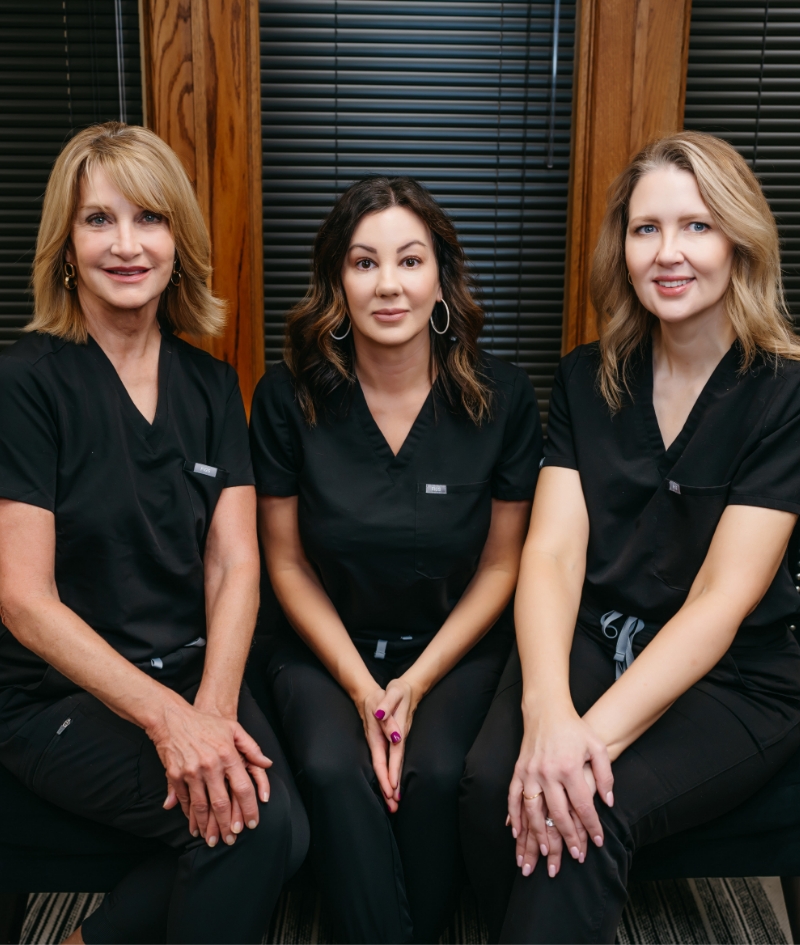Whether you spend the majority of your day indoors or outside, your body is exposed to UV radiation daily. Wearing a generous amount of sunscreen helps protect your skin from premature signs of aging as well as skin cancer.
What is SPF and How Does it Work?
SPF (Sun Protection Factor) indicates how long it will take for UV rays, the main cause of sunburn, to redden the skin. For example, SPF 15 means it will take 15 times longer for skin to redden with the product on than without it. However, SPF does not protect against UVA rays. Tanning equipment often emits UVA rays because of the immediate results it offers but there are potential drawbacks. UVA rays penetrate the skin at a deeper level and play a significant role in accelerating the signs of aging and can lead to some types of skin cancer.
To protect your skin from both types of UV rays (UVA and UVB), go above and beyond an SPF 15 product. Look for items labeled “broad spectrum” that contain a combination of ingredients proven to defend skin from the harmful effects of UV rays. There are two main categories of sun protection: chemical and physical. Chemical sunscreens like Avobenzone and Oxybenzone absorb UVA radiation and physical sunscreens like Titanium Dioxide and Zinc Oxide reflect or scatter UVB radiation. Whether you choose chemical, physical, or a combination of products, invest in the health of your skin by always wearing sun protection.
What Is the Safest Way to Tan?
By definition, a suntan is your skin’s defense against harmful UV exposure. When bombarded with UV rays, your cells respond by producing more melanin, or pigment, and your skin darkens as a result. This means there is no such thing as a “safe tan” and no benefit or preventative protection from a base tan. Healthy, even-toned skin is often the tradeoff for golden skin and time in the sun because, surprisingly, many who think they are protecting themselves are following outdated or inaccurate advice that is jeopardizing their long-term skin health.
One common misconception is the belief that sun damage is limited to the summer months or obvious locations like the beach or poolside. Photodamage, or UV exposure, which leads to signs of aging like wrinkles and creases, can occur during cloudy and rainy days or even indoors through window glass and under fluorescent lighting. About 90% of photoaging is preventable by wearing SPF. That is why it’s imperative to develop healthy sun habits.
How Should I Protect My Skin from the Sun?
As a general rule, cream and lotion-based sunscreens tend to deliver better protection than spray formulations. Most people do not apply enough spray-on sunscreen for adequate coverage. The American Academy of Dermatology recommends a “liberal use” of broad-spectrum SPF 30. For the body, apply 1.5 ounces (about a shot glass full) and for the face, apply .25 ounces (about a teaspoon full) and reapply every 2 hours when in the sun for prolonged periods of time. Be extra cautious and increase frequency when swimming and exercising. Don’t forget the lips! Look for a balm that includes SPF so your pout stays lush and smooth just like your skin.
Achieve Healthy Skin Year-round
Did you know the skin is your body’s largest organ? Maintaining healthy skin is an important step toward your overall well-being. If you have any questions about SPF, are in need of a product recommendation, or would like to schedule a consultation with one of our specially trained providers, contact us today!
Written by Tamara Tweedy, Esthetician




